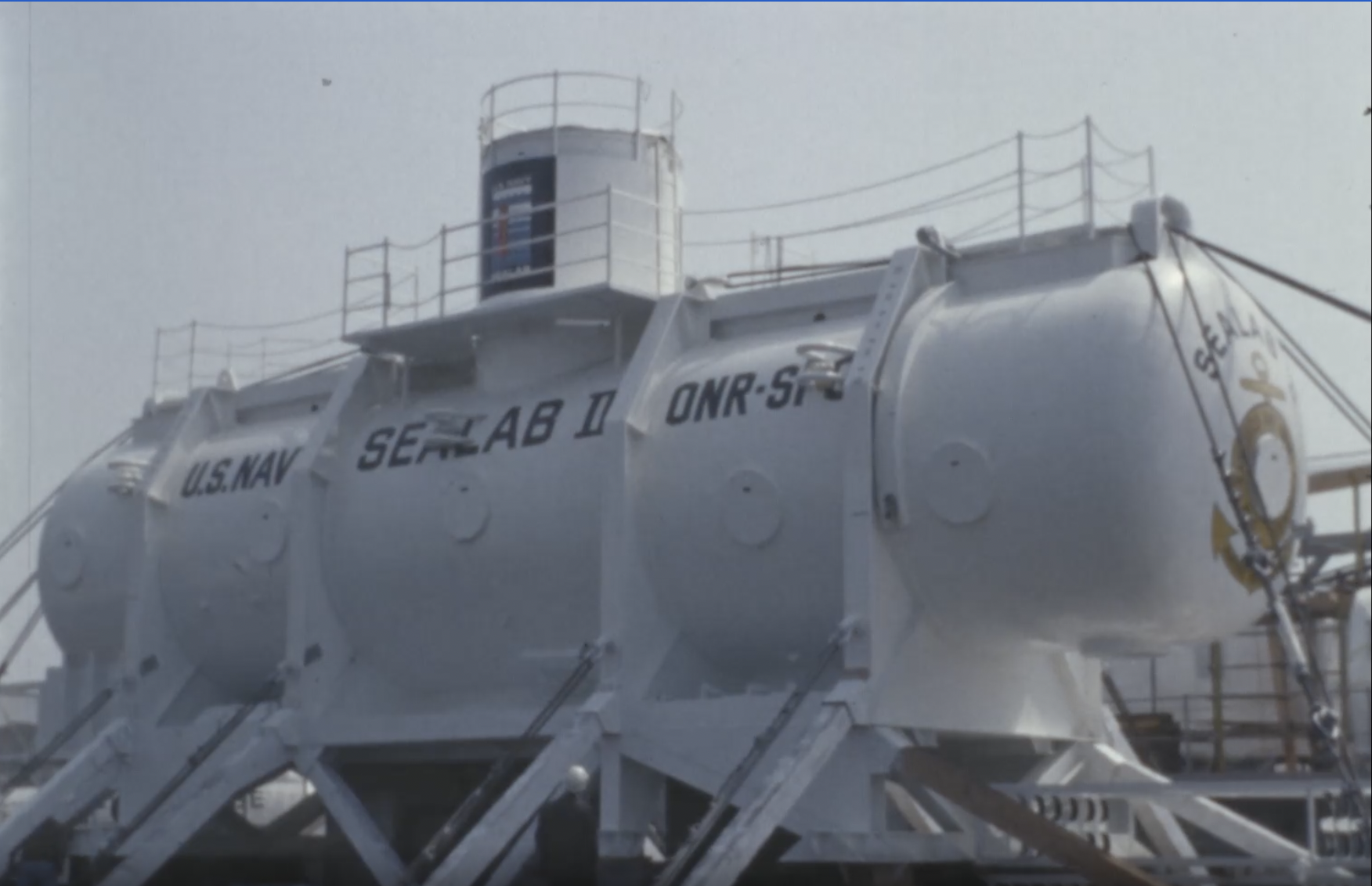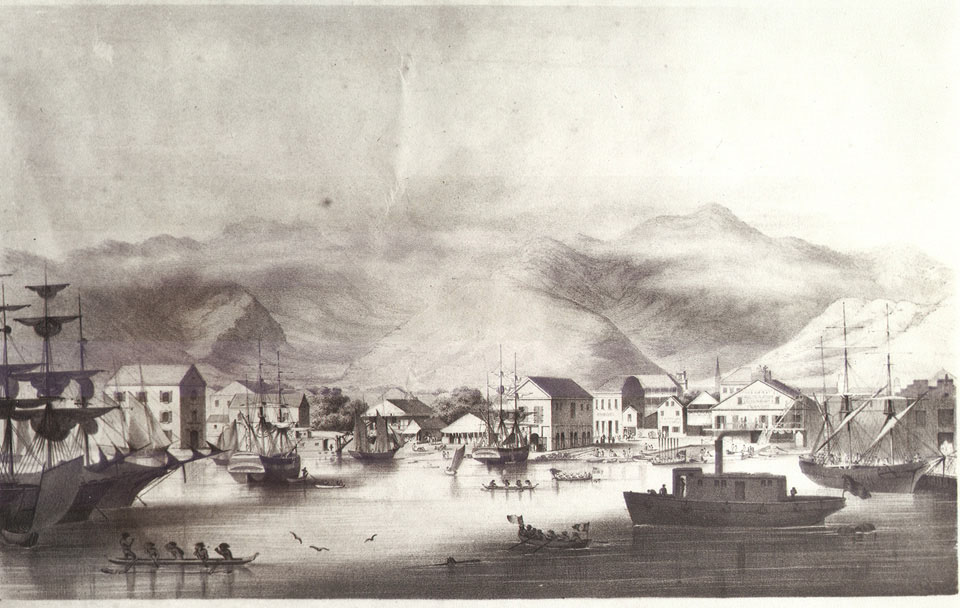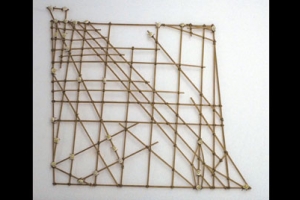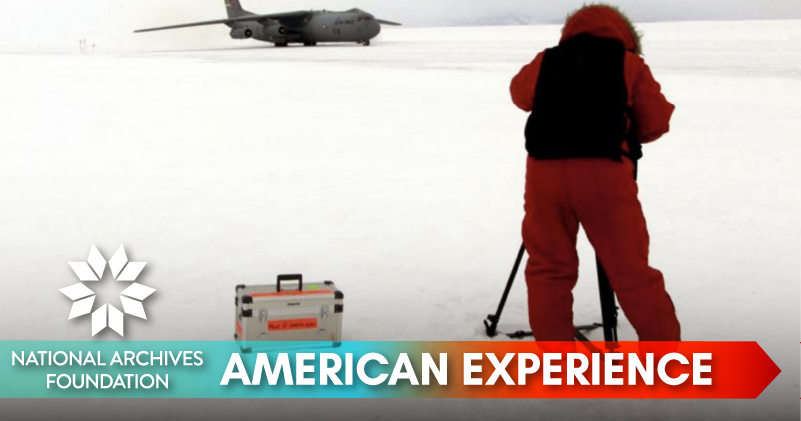Archives Experience Newsletter - August 17, 2021
All Who Wander
What kind of exploration have you been doing this summer? Whether you’ve gone across the country or down your street, we can all identify with the desire to venture past our immediate surroundings. Today (August 17) marks the birth of noted outdoorsman Davy Crockett, and tomorrow (August 18) is the birthday of Meriwether Lewis, who gained his notoriety as part of the famed “Lewis and Clark” duo President Jefferson sent to explore the West. Many of us grew up knowing these stories – and myths – but our history is filled with lesser-known but equally adventurous pioneers who dared to explore uncharted territory.
This week, we’re opening up the Archives holdings to chronicle some of the iconic, harrowing, and unique explorations in our country’s history. From the North Pole to the depths of the ocean, come with us on an epic journey.
🧭

Patrick Madden
Executive Director
National Archives Foundation
Apollo 15 at 50: NASA’s Lunar Past & Future
P.S. Don’t forget to explore the moon with us on Sep 1 at 5:00 p.m. EST as part of our virtual program series –
9/11 Commemorations
Also, the Archives and Foundation have a number of programs planned for the commemoration of 9/11.
Credit Frozen in Time

80. Mat Henson
National Archives Identifier: 274425
On April 6, 1909, two American men and four Inuit men completed their final push to reach the geographic North Pole. One of the Americans was Admiral Robert Peary. The other was Matthew Henson, a Black man who had accompanied Peary on his polar explorations for eighteen years.
Matthew Henson was born to sharecropper parents in Maryland in 1866. In 1867, his parents moved the family to Georgetown. Having lost his mother, his father, and the uncle who took him in after his father passed, Matthew went to sea as a cabin boy at the age of twelve. When he returned to the Washington, D.C. area, he went to work as a salesman in a department store. It was there that he met Admiral Peary, who hired him to serve as navigator on his first arctic expedition in 1891-1892.
Henson continued to accompany Peary throughout the latter’s explorations until the successful trip to the North Pole in 1909. (Some scientists have since disputed whether the Peary expedition actually reached the pole.) When he returned home, he worked several different jobs and published his memoir, A Negro Explorer at the North Pole. In 1913, he got a job as a messenger at the U.S. Custom House in New York, a position he held until he retired in 1939.
Recognition of Henson’s contributions to the North Pole expedition was slow in coming, but some accolades did come to him late in life. In 1954, he and his wife were invited to the White House by President Dwight D. Eisenhower. Henson passed away in 1955, and was buried in Woodlawn Cemetery in New York. In 1988, Henson was reinterred in Arlington National Cemetery in recognition of his Arctic work.
The National Archives is the repository of the records of Matthew Henson’s federal employment and of the correspondence that laid out the case for him to be moved from New York City to Arlington. You can learn more about Henson’s life and work in NARA’s “Pieces of History” blog.
From Astro to Aqua

Between 1964 and 1969, the U.S. Navy launched three underwater habitats, SEALAB I, II, and III, to test the abilities of humans to live and work for long periods of time on the ocean floor. SEALAB I was lowered to the bottom of the sea off the coast of Bermuda on July 20, 1964, to a depth of nearly 200 feet. The aquanauts, as they were called, were supposed to stay in the habitat for three weeks, but bad weather forced the project to end after 11 days.
Scott Carpenter, who was the second U.S. astronaut to orbit the Earth, developed an interest in undersea exploration. He was scheduled to join the SEALAB I middion, but he got into a motorcycle accident in Bermuda and had to recover first.
Carpenter went on, however, to serve aboard SEALAB II, which was deployed off the coast of La Jolla, California, on August 25, 1965. Unlike the other aquanauts, who served aboard the vessel for about two weeks each, Carpenter stayed down for a record 30 days.
National Archives Identifier: 3033405
(9 minutes 20 seconds, no sound)
(11 minutes 29 seconds, no sound)
SEALAB III suffered from problems and setbacks from beginning to end. The project was eighteen months late and nearly $3 million over budget before the habitat was lowered off San Clemente, California, to just over 600 feet. The habitat experienced serious problems, including a leak that four divers attempted to fix in place rather than moving SEALAB III back onto a vessel. One of the aquanauts died during the operation.
Fun fact: during SEALAB II, divers attempted, with mixed success, to train a bottlenose dolphin named Tuffy to aid them in supply delivery from the surface to the underwater habitat and to help aquanauts in distress. Tuffy was from the United States Navy Marine Mammal Program, and at the conclusion of SEALAB II, there were plans for the dolphin to also take part in SEALAB III.
Whale Tales Inspiration

Read more about the U.S.’s deep connection with Hawai’i and whaling, including the mysterious circumstance of a ship gone missing
Source: NARA’s Prologue Magazine
In the eighteenth century, people all over the world depended on whale oil to keep their lanterns lit and their machinery lubricated. Consequently, demand for whale oil was very high. In the course of plying their trade, whalers explored many parts of the world that Europeans had not yet seen. In Hawai’i, for instance, the first two whaling ships arrived in 1819, and by 1822, sixty had dropped anchor there. Two decades later, the ports of Honolulu and Lahaina received about one hundred ships per year.
In December 1840, Herman Melville, who wrote the seminal American novel Moby-Dick, signed on as a crew member aboard the whaling ship Acushnet, which sailed out of Fairhaven, Massachusetts, bound for the Pacific Ocean. When the Acushnet reached the Marquesas Islands in the South Pacific in July of 1842, Melville and another crew member deserted. His experience on the Acushnet and on later whaling voyages provided him with the foundation for his fiction for the next decade. Between 1846 and 1851, he wrote four novels about whaling: Typee: A Peep at Polynesian Life, Omoo: A Narrative of Adventures in the South Seas, Mardi: and a Voyage Thither, Redburn: His First Voyage, and Moby-Dick; or, The Whale.
History Snacks
Logging In

Page from the Logbook of the USS Hartford, 24 April, 1862
Over 650 Newly Digitized Navy Logbooks in the National Archives Catalog
Source: NARA’s Text Message blog
The deck logs of ships often contain valuable information about daily activities that occurred on and around the vessels, the names of crew members and officers, and data about weather. This information is extremely valuable to people who are researching their ancestry and for historians who are probing the past.
Military Records Research
A History of Naval Deck Logs
National Archives Research Our Records
The National Archives is the repository of the deck logs of commissioned U.S. Navy and Coast Guard ships. In 2020, the National Archives embarked (no pun intended) on a project titled “Seas of Knowledge: Digitization and Retrospective Analysis of the Historical Logbooks of the United States Navy,” which aimed to digitize Navy and deck logs from 1861-1879 and make them available to the public.
Stick to Your Route

Navigational Stick Chart
Can you guess how this navigational tool works? The inhabitants of the Marshall Islands, an independent nation comprised of islands and coral atolls located roughly halfway between Hawaii and Indonesia in the Pacific Ocean, had to navigate the open seas to get anywhere. To help them know where they were headed, the Marshallese invented the navigational stick chart, which they used to interpret the swells in the ocean.
The LBJ Presidential Library and Museum, an affiliate of the National Archives, has a navigational stick chart in its artifact collection. The shells on the chart represent the atolls that the canoers sailed between.












